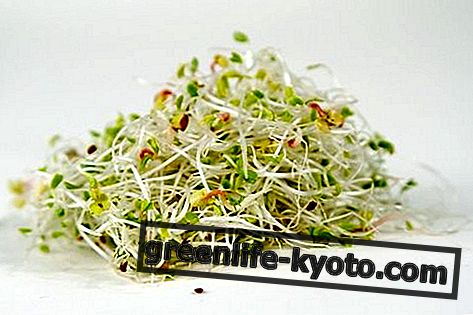
The nosebleed is a situation that can frighten children and adults, but usually it is a symptom that is not worrying and can be solved in a short time.
The phenomenon is more frequent in the winter months, on the occasion of inflammatory episodes of the upper respiratory tract and as a consequence of staying in too dry environments .
But let's go down more specifically on the causes of nosebleeds and how to behave to deal with and prevent episodes of epistaxis .
Nosebleeds in children, the causes
The causes of nosebleeds in children can be multiple; in most cases these are trivial local problems. The most common are:
- Infections and inflammations, for example cold and sinusitis.
- Environmental factors, for example staying in rooms with too dry and / or too hot air.
- Even slight traumas, for example the habit of putting one's fingers in the nose, with consequent rubbing of the inner walls of the nostrils. Obviously, even more serious trauma, for example a nose fracture or a head injury.
- Foreign bodies inside the nose or abuse of decongestant spray .
Nose blood, in a minority of cases, may be due to systemic factors, even serious ones. When the episodes occur frequently, especially when the epistaxis cannot be associated with external factors, it is therefore advisable to seek the advice of your trusted pediatrician who will assess whether the child should be seen by an otolaryngologist.
Bruises and injuries in children, remedies
Nosebleeds in children, what to do
If the child has nosebleeds, the first thing to do is to set up a "domestic" treatment that allows the bleeding to stop:
- Put the baby sitting.
- Bend the baby's head slightly forward to prevent blood from flowing into the throat.
- With the thumb and the forefinger, compress the lower part of the nose, below the bone.
- Ask the child to breathe with his mouth open.
- Apply an ice pack on the forehead.
- Dab, applying a little cotton or gauze inside the nose.
If the nose bleed does not stop with these maneuvers and it is particularly abundant to seek medical assistance.
Nosebleeds in children, prevention
As mentioned above, nose bleeds in children are almost always due to trivial causes and / or minor traumas. So there are some simple precautions you can take to prevent epistaxis:
- Humidify the environments.
- Wash your nose regularly with saline to prevent colds and other respiratory infections.
- Teach the child not to put his fingers in the nose and not to blow too hard when cooled.
- Avoid excessive use of nasal decongestants.













